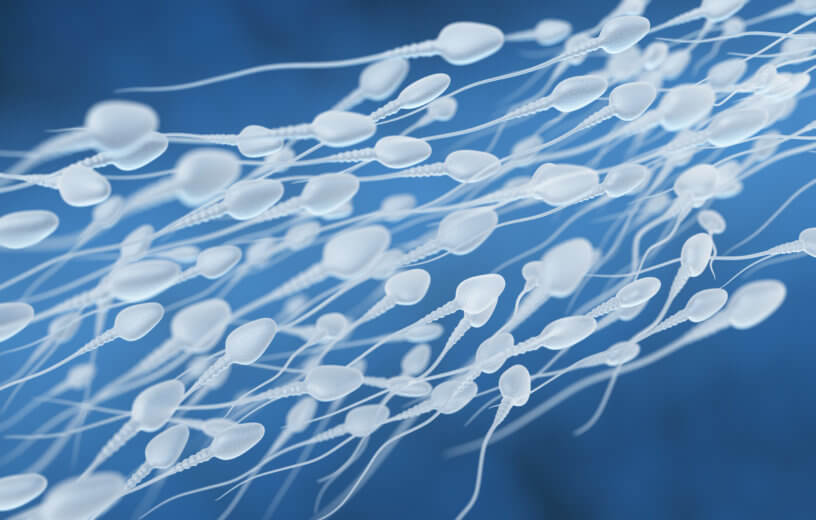TEHRAN, Iran — An obstacle course for sperm is helping scientists identify the strongest swimmers. The simple technique safely separates healthy and defunct cells. It could even boost in vitro fertilization (IVF), increasing a couple’s chances of conceiving a child.
“Isolating high-quality motile sperm cells is considered to be the main prerequisite for a successful artificial pregnancy,” study authors write in Scientific Reports.
Current clinical methods use centrifuges, which can harm the delicate cells. Infertility is on the rise in many nations. Studies show that the causes may include rising rates of obesity and exposure to environmental chemicals.
The international team’s ingenious device consists of silicon bonded onto glass. It has four tiny channels, each just 90 micrometers across, containing hollow barriers.
The method takes advantage of the characteristics of sperm. When there is no liquid flow, they tend to move in circular patterns. However, when there is a current, it reorients them to face upstream because of their shape so they swim in that direction.
Sperm are also known to move towards boundaries and travel along them. In experiments, the injected human samples into the container with a syringe — generating a direction of flow. The obstacles create local low-speed currents that make active cells change direction and swim towards nearby reservoirs.
They were siphoned off, while dead cells and debris were washed through. Overall, the researchers found fewer than half (40%) of the cells were mobile, compared to all those left in the reservoirs.
“It was illustrated that 100% of the isolated motile sperm cells are motile, and by manipulating the injected flow rate into the device, different classes of sperm cells in terms of motility parameters can be separated and utilized for further uses,” the team writes.
Finding the best sperm can cut down on IVF treatments
On average, a man produces between 80 and 300 million sperm each time he ejaculates. It is literally a race for life when they swim towards egg cells to fertilize them.
More than 60 percent of fertility issues are related to poor sperm quality. One in five men under 35 has a low sperm count. IVF can be an expensive process, with a single round costing up to $6,000 in some countries. As success rates are only around 20 to 35 percent per cycle, many couples require multiple cycles to successfully conceive.
Improved sperm sorting technologies could reduce costs. If doctors select better sperm from the outset, it could take fewer cycles to have a child.
South West News Service writer Mark Waghorn contributed to this report.

